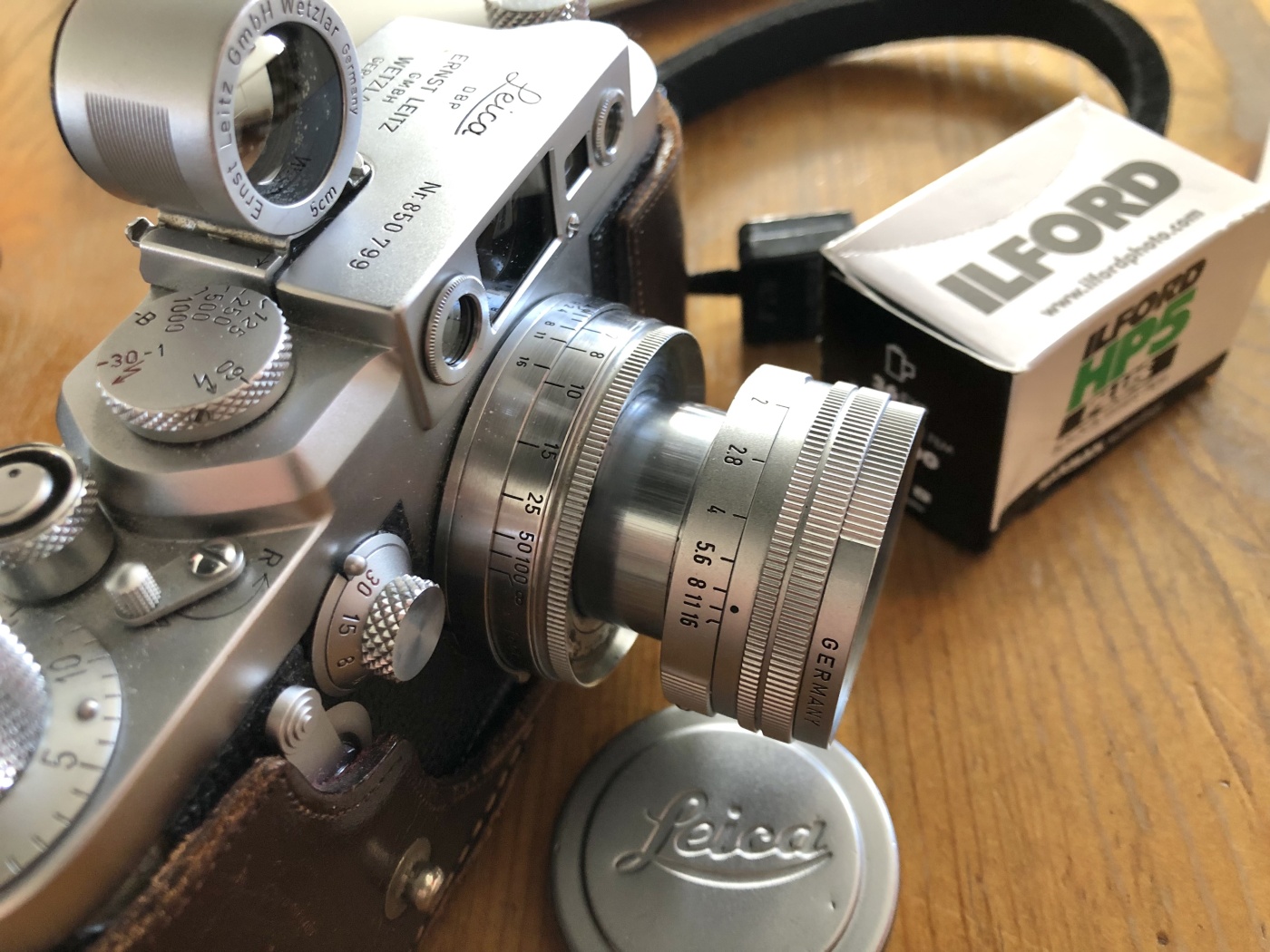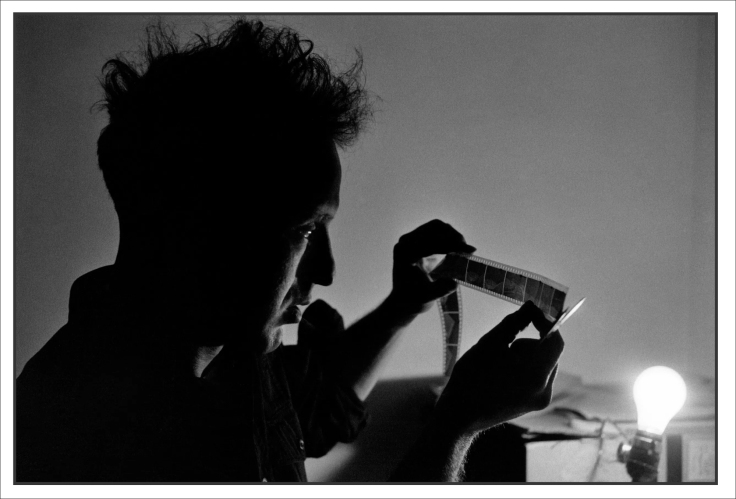The era of film photography produced some seriously good photographers. Photographers whose work hangs in museums and galleries and is revered for its quality. Robert Frank, Walker Evans, Henri Cartier-Bresson, Helen Levitt, Diane Arbus. Even recent discoveries like Vivian Maier’s work are celebrated. Because it’s of a quality that we can appreciate.
Perhaps because we don’t see it as much nowadays.
Since the advent of digital photography, specifically phone cameras, it’s my contention that photography has been lessened in importance as it’s been relegated to a pastime of the masses, and whenever the masses do anything, the quality lowers. The usage gets overdone. The whole thing becomes diminished.
When I go to a restaurant and ask how a certain menu item is, and the server says it’s very popular–I’m skeptical. Who are these people who make up the populace? What kind of folks are they? Do I really want to be associated with them?
Usually popular means average and quite often milquetoast. Not too flavorful, too spicy, too anything. Just averagely good or bad–you pick, they’re the same.
Back to photography, digital imaging, the sheer quantity destroyed something wonderful.
“You made a photo? Who cares?” For the masses, that’s what it’s become. That creative act regarding photography is as respected as much as making a bowl of cereal. Anyone can do it. Everyone makes photos all day long. They’re mostly not good, but no one understands that. They think they are great and comment to each other, “Awesome photo.”
No, they’re not. They’re terrible. A photo can be blurry, have a person with a bad expression, or their face sickly toned in a heavy blue shade–I’ve see all of these for real–and they still get an “awesome” tag.
Saying so doesn’t make it so. All these unqualified people highly rating other people’s poor images. It’s all I see. It’s exhausting.
There are a billion people calling themselves “professional photographers” nowadays. Every street corner has another dozen because there’s no bar to pass to become one. No test to prove you know your way around light and shadow. Anyone can say they are and that’s the only qualification. Of them, maybe the top 5% are any good. The rest all the same. Dubiously self-titled ‘artists’ without vision and with nothing to say.
Have you seen wedding photography? It all looks the same. It’s all interchangeable.
Have you seen what people call street photography? It’s totally banal. People walking past murals and through crosswalks. Been done, over and over again. Nothing new to see here.
There’s no way that anyone with any visual development is going to be impressed with a boring cliche photo that we’ve seen a billion times. That’s not visionary. It’s not original. It’s trite. Derivative.
Without a voice. A style.
Style comes with time, not with imitation or with an expensive camera.
I heard a photographer say she only uses pricey Sony cameras because they’re better for social media posts. No, they’re not. That’s an inane statement. (She’d probably have to look up ‘inane’ to understand what it means.)
We are living in a time where the sheer glut of work is all pervasive that we’re drowning in mediocrity. We have to rise up, aim higher. Right now, the top goal for most people is to get likes from a favorable audience who already like you. That’s a false win. Many of those thumbs up didn’t even look at your photo, they just like you.
Again, more popularity by the masses. It means very little.

I associate with a lot of photographers. I’ve written before that the ones who work in film are better photographers. They treat it like a creative medium, they work with light and shadow in interesting and surprising ways. They learn to understand what light can and can’t do.
They use the medium and aren’t about how many photos can they make and put out on social media to keep up their one-a day ‘content flow’ but how much quality can they put out. How to only show work that matters.
Even if it’s not daily or weekly. But when it is, it’s good. It’s even good in their digital work because they know the difference between good and poor and are tight editors. They’re the top 5%.
It’s the difference between something worth looking at twice. And just putting out one after another to keep the content going with no vision at all.
The vast majority of people are blind and need to learn once again how to see.
As photographers, when we do, we rise up to the top of the group of people who can truly call themselves photographers.



The concerns you’ve shared in your message resonate with me, particularly how the current marketing strategies for smartphones and digital cameras perpetuate the misleading belief that acquiring the latest gadgets is the shortcut to mastering photography. I firmly believe, though it may not be a popular opinion, that true mastery in any field requires talent, dedication, and a deep understanding of the craft. Our society is now oversaturated with the notion that anyone can become an influencer by merely possessing the latest technology marketed to them. However, the mere ownership of photographic equipment does not, in any way, confer mastery.
LikeLike